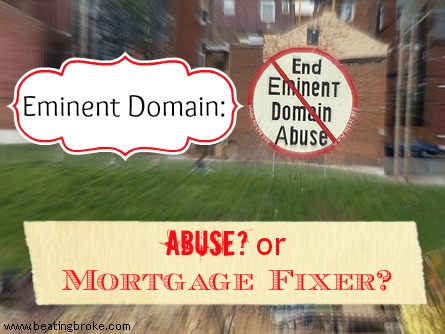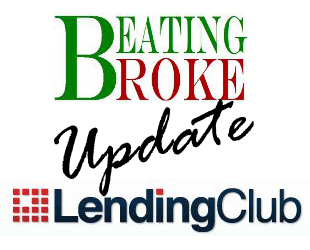I have to admit a bit of ignorance here folks. For years, I associated the word Prodigal with the word Prodigious. They have the exact same root structure, only different suffixes. Prodig -al -ious. Whoops. The story of the Prodigal Son should have tipped me off, but never did. It wasn’t until I was reading the opening chapter of Popes and Bankers (that I received for review) that I realized my mistake. Here’s the definition of Prodigal as it is shown at dictionary.com:
–adjective
1.wastefully or recklessly extravagant: prodigal expenditure.
2.giving or yielding profusely; lavish (usually fol. by of or with): prodigal of smiles; prodigal with money.
3.lavishly abundant; profuse: nature’s prodigal resources.–noun
4.a person who spends, or has spent, his or her money or substance with wasteful extravagance; spendthrift.
You can be prodigal, or you can be a prodigal. To me, there are several words that jump out from that definition. Wastefully. Extravagant. Lavish. With the exception of wastefully, the others are words that we’ve been conditioned to think of as good. We want our things extravagant and lavish. It’s a sign of money, right?
And yet, day after day, we read and write articles on sites just like this one about the other end of the spectrum. Frugality, Savings, and even Cheap are words that are valued. Even so, I think that each of us could find an example or two in our lives where we are prodigal. A pretty strong argument could be made that cable TV is a prodigal expenditure. A third car. Eating Out. Leaving your computer on. If we keep going, we could create a very long list!
What’s my point, you may be asking? My point is that, despite all our practicing of frugal lifestyles and saving money, we might still find ways in which we are prodigal. Rather than beating ourselves up over it, however, I would suggest that we use those things as motivation to eliminate them. Or to offset them as a whole. Maybe you’ve chosen to keep cable TV. Find a way to reduce spending in another area to make up for that monthly charge. The single expenditure may remain prodigal, but your overall spending does not.
Which brings me to a further point. We often beat ourselves (and each other) up over spending too much here or there. We miss the forest for the trees. Being prodigal in one area does not make you prodigal overall. And let’s not forget that being miserly or cheap can be just as poorly looked upon.
Added: It looks like I’m not the only one thinking about these things today. Check out The Balance between splurger and miser at Get Rich Slowly.
Note: This post was originally posted on March 18th, 2010. It was somewhat popular then, and is worthy of a second look, so I’m re-posting it today.


